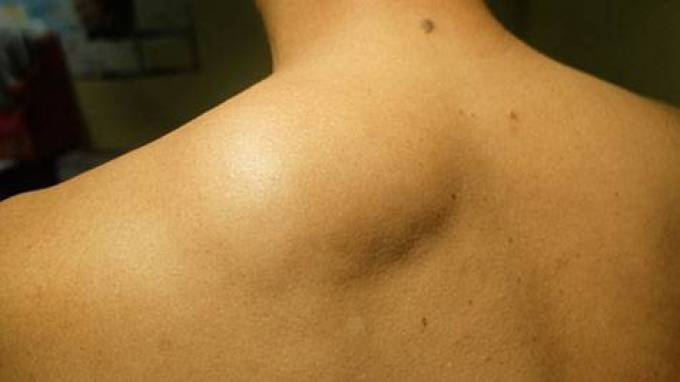Essential Lipoma Treatment: What Works Best?
Published By Dynamic Clinic, 1 Oct 2024

Lipomas are benign tumors composed of fatty tissue that typically develop just beneath the skin. While they are generally harmless and often asymptomatic, many individuals seek treatment for cosmetic reasons or if the lipoma causes discomfort. This article explores the most effective treatment options available, helping you understand what works best for managing Lipoma Treatment in Dubai.
Understanding Lipomas
What Is a Lipoma?
A lipoma is a soft, rubbery lump that can occur anywhere on the body but is most commonly found on the trunk, arms, and thighs. Lipomas are slow-growing and usually painless, making them easy to overlook. They are not cancerous and do not require treatment unless they become bothersome.
Signs and Symptoms
While lipomas are typically asymptomatic, you may notice:
- A soft, movable lump under the skin.
- A gradual increase in size.
- Discomfort if the lipoma presses against nerves or other structures.
When to Seek Treatment
Consider treatment if:
- The lipoma is growing rapidly.
- It causes pain or discomfort.
- You feel self-conscious about its appearance.
Treatment Options for Lipomas
1. Surgical Excision
Overview: Surgical excision is the most common and definitive method for removing lipomas. This procedure involves making an incision to remove the entire lipoma, including its capsule, ensuring it does not grow back.
Benefits:
- Complete removal of the lipoma.
- Minimal risk of recurrence.
- Typically performed on an outpatient basis.
Recovery: Recovery is generally quick, with most people returning to normal activities within a few days. Stitches may need to be removed after a week.
2. Liposuction
Overview: Liposuction is a less invasive option that can be used to remove larger lipomas. This technique involves using a thin tube (cannula) to suction out the fatty tissue.
Benefits:
- Minimal scarring compared to surgical excision.
- Quick recovery time.
- Ideal for patients who prefer not to have large incisions.
Considerations: While liposuction can effectively reduce the size of a lipoma, it may not remove it completely. There's a chance of recurrence.
3. Injection Lipolysis
Overview: Injection lipolysis involves injecting a solution (often containing deoxycholic acid) into the lipoma to break down fat cells. This method is non-surgical and can be appealing for those seeking less invasive options.
Benefits:
- Minimally invasive with no incisions required.
- Can be performed in a doctor's office.
- Short recovery time.
Limitations: This treatment may require multiple sessions, and results can vary. Not all lipomas are suitable for injection lipolysis.
4. Cryotherapy
Overview: Cryotherapy involves freezing the lipoma with liquid nitrogen, causing the fatty tissue to die and eventually be absorbed by the body.
Benefits:
- Non-invasive procedure.
- Minimal downtime.
- Generally well-tolerated by patients.
Considerations: Cryotherapy may require several sessions, and it may not be as effective for larger lipomas. Results can take time to manifest.
5. Alternative Therapies
While surgical options are the most effective for treating lipomas, some individuals explore alternative therapies. Although scientific evidence supporting these methods is limited, some people find success with:
- Dietary Changes: Adopting an anti-inflammatory diet rich in fruits, vegetables, whole grains, and healthy fats may support overall health and potentially reduce the size of lipomas.
- Herbal Supplements: Some believe that herbs like turmeric and dandelion root may have properties that help manage lipomas.
- Essential Oils: Topical application of diluted essential oils, such as tea tree oil or lemon oil, is believed by some to help reduce the appearance of lipomas.
Note: Always consult a healthcare professional before trying alternative therapies to ensure they are safe and suitable for your specific situation.
Conclusion
Determining the best treatment for lipomas depends on various factors, including the size, location, and any associated discomfort. Surgical excision remains the gold standard for permanent removal, while liposuction and injection lipolysis offer less invasive alternatives. For those seeking natural approaches, lifestyle changes and alternative therapies can be explored, although results may vary.
If you're dealing with a lipoma, consult with a healthcare professional to discuss your options and create a personalized treatment plan that aligns with your needs and preferences. By understanding what works best, you can take proactive steps toward managing your lipoma effectively.
